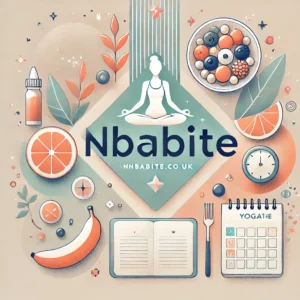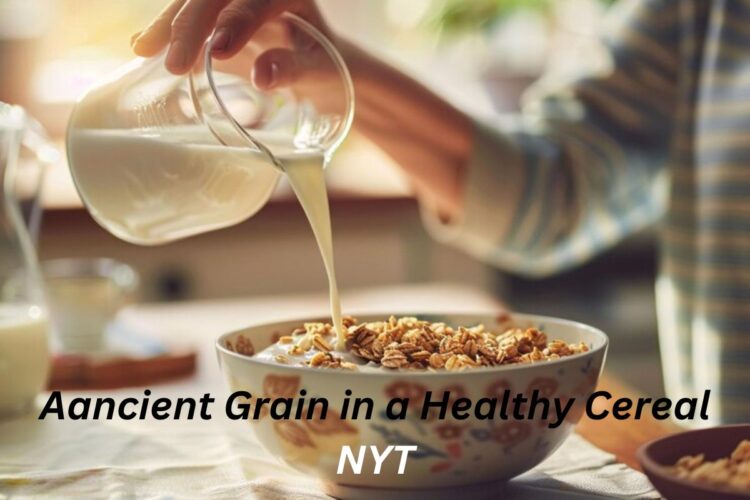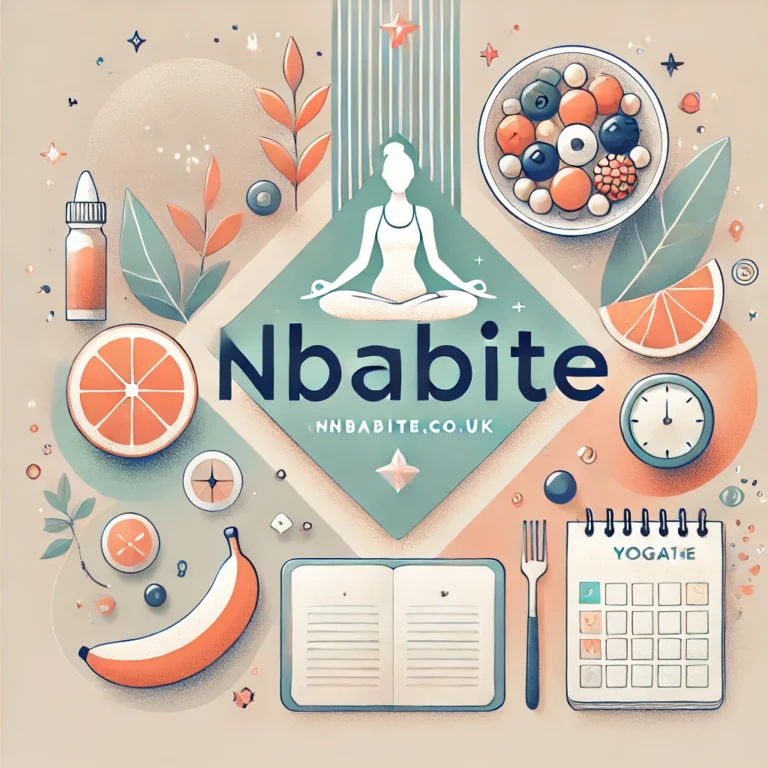Introduction
The cereal aisle has undergone a significant transformation in recent years. Once dominated by sugary, processed options, it’s now a haven for health-conscious consumers seeking nutritious alternatives. At the forefront of this revolution are ancient grain in a healthy cereal nyt, which have been steadily gaining popularity due to their impressive nutritional profile and delightful taste. This article delves into the world of ancient grains, exploring their benefits, varieties, and how to incorporate them into your daily diet, particularly through a healthy cereal.
What are Ancient Grains?
Ancient grains are grains that have remained largely unchanged from their original form for centuries. Unlike their modern counterparts, which have undergone extensive hybridization and genetic modification, ancient grain in a healthy cereal nyt retain their natural nutrient density. This makes them a valuable addition to any diet.
Nutritional Powerhouses
One of the primary reasons for the surge in popularity of ancient grain in a healthy cereal nyt is their exceptional nutritional value. Packed with essential nutrients, fiber, and protein, they offer a multitude of health benefits.
- Fiber content: Ancient grains are excellent sources of fiber, which aids digestion, promotes satiety, and helps regulate blood sugar levels.
- Protein: While not a primary protein source, many ancient grains contain a decent amount of protein, making them a suitable option for vegetarians and vegans.
- Vitamins and minerals: These grains are rich in essential vitamins and minerals, including magnesium, iron, and zinc.
- Gluten-free options: Several ancient grains are naturally gluten-free, catering to individuals with gluten sensitivities or celiac disease.
Popular Ancient Grains
There’s a diverse range of ancient grains to explore. Let’s highlight some of the most popular ones:
- Quinoa: Often hailed as a complete protein, quinoa is a versatile grain with a slightly nutty flavor. It’s gluten-free and can be enjoyed in various dishes, including breakfast cereals.
- Amaranth: This tiny grain is packed with protein, iron, and calcium. It has a slightly sweet and earthy taste and can be used as a hot cereal or added to muesli.
- Farro: With a chewy texture and nutty flavor, farro is a great addition to salads, soups, and of course, breakfast cereals. It’s a good source of fiber and protein.
- Spelt: This ancient wheat variety is higher in protein and fiber than modern wheat. It has a slightly nutty flavor and can be used in various baked goods and cereals.
- Millet: This small, gluten-free grain is rich in magnesium, phosphorus, and manganese. It has a mild flavor and can be cooked as a porridge or used in pilafs.
Incorporating Ancient Grains into Your Cereal
Creating a healthy and delicious cereal with ancient grains is easier than you might think. Here are some tips:
- Choose a base grain: Select an ancient grain as the foundation of your cereal, such as quinoa, amaranth, or farro.
- Add variety: Combine different ancient grain in a healthy cereal nyt for a unique flavor profile and increased nutritional value.
- Incorporate nuts and seeds: Boost the protein and healthy fat content by adding a mix of nuts and seeds like chia, flax, almonds, or walnuts.
- Sweeten naturally: Use natural sweeteners like maple syrup, honey, or dried fruits to enhance the flavor without artificial additives.
- Experiment with toppings: Customize your cereal with fresh or dried fruits, yogurt, or a drizzle of nut butter.
The Benefits of Choosing Ancient Grains Cereal
Opting for a cereal made with ancient grains offers several advantages:
- Improved digestion: The high fiber content promotes healthy digestion and prevents constipation.
- Sustained energy: The combination of complex carbohydrates, protein, and fiber provides a steady release of energy throughout the morning.
- Weight management: The fiber in ancient grain in a healthy cereal nyt helps you feel fuller for longer, reducing overall calorie intake.
- Reduced risk of chronic diseases: Regular consumption of ancient grains has been linked to a lower risk of heart disease, type 2 diabetes, and certain types of cancer.
Recipe 1: Basic Ancient Grain Porridge
This recipe is a versatile foundation for countless variations.
Ingredients:
- 1 cup mixed ancient grains (quinoa, amaranth, millet)
- 2 cups water or milk
- Pinch of salt
- Toppings: fresh or dried fruit, nuts, seeds, maple syrup, honey
Instructions:
- Combine grains, water, and salt in a medium saucepan.
- Bring to a boil, then reduce heat to low, cover, and simmer for 20-25 minutes or until grains are tender.
- Stir in milk if desired.
- Serve hot, topped with your favorite ingredients.
Recipe 2: Berry and Nut Crunch
This recipe offers a delightful combination of textures and flavors.
Ingredients:
- 1 cup mixed ancient grains (quinoa, farro, spelt)
- 2 cups milk
- 1/4 cup sliced almonds
- 1/4 cup chia seeds
- 1/4 cup dried cranberries
- 1 tablespoon maple syrup
- A handful of fresh blueberries
Instructions:
- Cook the ancient grains according to package directions.
- In a separate bowl, combine almonds, chia seeds, and cranberries.
- Pour cooked grains into bowls, top with almond and seed mixture.
- Drizzle with maple syrup.
- Garnish with fresh blueberries.
FAQs about Ancient Grains
Here are some common questions about ancient grains that you can address in your article:
Frequently Asked Questions
Q: Are ancient grains healthier than regular grains?
A: While both ancient and modern grains offer nutritional benefits, ancient grains generally have a higher concentration of nutrients, fiber, and antioxidants. They have undergone less processing and hybridization, preserving their natural nutritional profile.
Q: Can people with gluten sensitivities consume ancient grains?
A: Most ancient grains are naturally gluten-free, making them excellent options for individuals with gluten sensitivities or celiac disease. However, it’s important to check the labels carefully, as some products might contain cross-contamination.
Q: How do I cook ancient grains?
A: Cooking ancient grains is similar to cooking rice. Generally, you’ll need to rinse the grains, then combine them with water or broth in a saucepan. Bring to a boil, reduce heat, and simmer until the grains are tender. Cooking times vary depending on the grain.
Q: What are some good ancient grain substitutes for rice?
A: Several ancient grains can serve as excellent substitutes for rice. Quinoa, farro, and freekeh are popular options. They offer similar textures and can be used in a variety of dishes.
Q: Can I find ancient grains in my local grocery store?
A: The availability of ancient grain in a healthy cereal nyt varies depending on your location. Larger grocery stores are more likely to carry a wider selection. You can also find ancient grains at specialty food stores and online retailers.
Conclusion
By incorporating ancient grains into your breakfast routine, you’re making a conscious choice to prioritize your health and well-being. These nutritional powerhouses offer a delicious and satisfying way to start your day. So, why not give them a try and experience the benefits for yourself? Remember, a bowl of ancient grain cereal is not just a meal; it’s a step towards a healthier you.




















